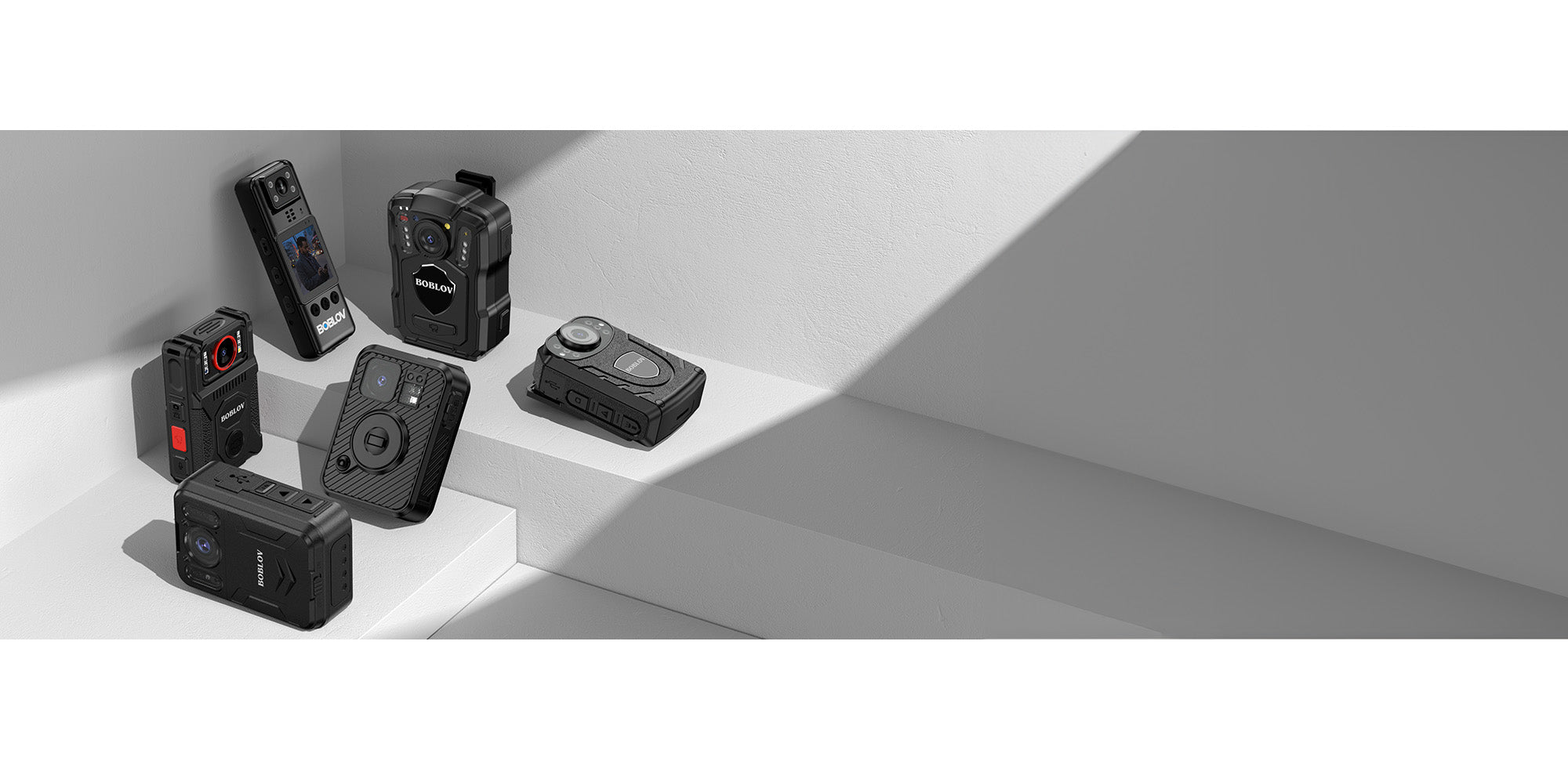The Rise of Wearable Surveillance Cameras in Law Enforcement
Understanding the Technology Behind Wearable Cameras
Wearable cameras are small devices attached to an officer's uniform. They record interactions with the public. These gadgets have video and audio features. Some can stream footage in real time. They use batteries that last for entire shifts. The cameras are tough to handle rough use. A special software helps to store and manage the footage. The tech aims to make policing more open and fair.

The Impact of Wearable Cameras on Law Enforcement Practices
Wearable cameras have transformed policing. Officers equipped with body-worn cameras (BWCs) gather real-time evidence. This practice boosts transparency and trust. It also changes how officers interact with the public. Footage from BWCs can be used for training and policy reforms. It has led to some reductions in complaints against officers. Moreover, it changes how incidents are reviewed and supports court testimony. These cameras are a crucial tool in modern law enforcement.
Ethical and Privacy Considerations
The adoption of wearable surveillance cameras in law enforcement has raised significant ethical and privacy concerns. Ensuring that the rights of the public are not infringed upon while officers perform their duties is of the utmost importance. Here are some considerations surrounding this technology:
- Respect for Privacy: It's crucial to strike a balance between surveillance for safety and an individual's right to privacy. Policies must define when and where recording is appropriate.
- Data Protection: The secure storage and handling of footage to prevent unauthorized access or misuse is a primary concern.
- Transparency: Law enforcement agencies should be clear about camera usage policies, informing the public how footage is used and retained.
- Consent Issues: Particularly in non-public spaces, the question of whether officers must gain consent before recording is contentious.
- Accountability: Cameras can protect both police and the public by providing an objective record of interactions, but oversight is needed to ensure cameras aren't misused.
Recognizing and addressing these issues is crucial in maintaining public trust while leveraging the benefits of wearable surveillance technology.
How Wearable Cameras Are Changing the Game for Officers
Enhancing Safety and Accountability
Wearable cameras are a game-changer for law enforcement. They add a level of safety and hold officers accountable. With these devices, every action is recorded. This leads to more trust from the community. Officers can also review footage to improve their work. In tense situations, recordings can show what happened. This protects officers and the public alike. It's a tool that benefits everyone involved.
The Role of Wearable Cameras in Investigations
Wearable cameras have become vital tools in modern-day investigations. They provide real-time evidence that can be incredibly impactful in court. Equipped with high-definition recording capabilities, these cameras capture details often missed by the human eye. Officers can review footage to piece together events or identify suspects. This visual data can contradict false claims, protecting both the public and officers. Wearable cameras also help in training, as they offer insights into real-world scenarios. As such, they are reshaping how evidence is collected and used within the justice system.
Best Practices for Wearable Camera Usage
To max the value of wearable cameras, officers must follow best practices. Here's a list:
- Only record during official duties.
- Tell people they're on camera.
- Store footage securely.
- Train often on camera use and policies.
- Review footage to improve work.
These steps help ensure privacy, build trust, and improve policing.
Future Trends and Predictions for Wearable Cameras in Law Enforcement
Innovations on the Horizon
New tech for law enforcement is on the rise. We can look forward to major leaps in wearable camera tech. This includes advancements like better battery life and higher-quality video. We might also see cameras that respond to voice commands or body movement. Some are even talking about live-streaming capabilities for real-time monitoring. The future for wearable tech in policing is bright and full of potential.
Regulatory Changes Affecting Wearable Camera Use
As wearable cameras become vital in law enforcement, regulations evolve too. Here's what's changing:
- New laws are focusing on when and how officers can use these cameras.
- Privacy rights of citizens are shaping the rules on camera usage.
- There's a push for clear policies on data storage and access to footage.
- Discussions about open-record laws are now including wearable camera content.
These changes aim to balance safety, privacy, and transparency.
The Integration of AI and Machine Learning in Law Enforcement Wearables
AI and machine learning are reshaping law enforcement wearables. These tools can analyze vast amounts of data swiftly. They help in recognizing patterns and predicting risks. AI may soon allow real-time analysis of video feeds. This can aid officers in detecting threats or tracking lost individuals. Machine learning can recognize faces and behaviors. This makes finding suspects and assessing dangers easier. AI systems can also learn from past events. They improve over time for better decision-making support. This tech may pose new ethical queries. But its promise for safer communities is clear.

